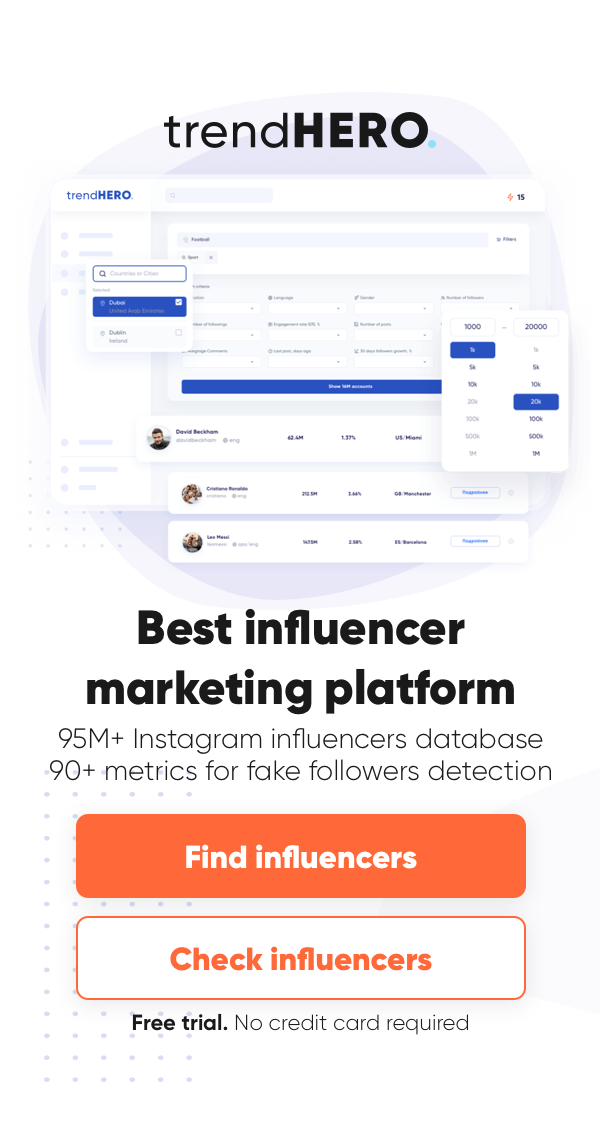In a constant search for effective methods of promotion, brands turn to social media. It’s an ever-growing, ever-evolving market that offers immense opportunities. Influencer marketing is one such opportunity and it’s especially big on Instagram. There’s a good reason why 75% of brands made a decision to find influencers on Instagram to partner up with this year.
Sure, influencer marketing is nothing new and it’s not unique to Instagram. But that’s where they rule the roost. According to the MediaKix survey, IG is the number one platform for influencer marketing. So it’s hardly surprising that marketers are willing to set aside hefty budgets for this method of promotion.
However, a quest for finding the right influencers for your business might be challenging. Let’s talk about the ways to do it right.
Why do you need Instagram influencers (or not)?
One thing worth remembering is that influencer doesn’t equal celebrity or blogger. A large number of followers isn’t enough to become an opinion leader. An influencer is someone who knows their audience well. They know how to engage with their followers and how to motivate them to make certain decisions. Much like any brand, an influencer must build a loyal community that would trust their experience and opinions.
What makes influencer marketing really useful is the chance to market your products by means of recommendation rather than blatant advertising. The simple truth is people generally don’t like it when you try to push a product to them. A good old “Buy my goods!” advertising doesn’t work as well as before. At the same time, they’ll listen to a recommendation coming from a person they like and trust.
It’s not all about advertising though. There are multiple objectives you can accomplish with influencer marketing:
- raising brand awareness;
- building your social media audience and its level of engagement;
- increasing sales;
- increasing level of trust in your brand;
- restoring your reputation and/or deal with negative feedback;
- informing & educating your audience;
- building a loyal community.
This is not to say that you absolutely have to use influencer marketing. There are multiple marketing methods that will allow you to achieve great results. Besides, there’s a flip side to the coin that is influencer marketing:
- it involves a lot of risks. There’s never a 100% guarantee of success when you deal with influencers;
- finding the right influencer for your brand isn’t easy;
- an inauthentic influencer can do more harm than good.
How to find Instagram influencers
While there’s no lack of tools and methods to find Instagram influencers, they all come down to a few options:
- manual search;
- influencer databases;
- influencer marketing platforms;
- agencies.
Now let’s talk about the most efficient options in more detail.
1. trendHERO
trendHERO is a service that offers detailed Instagram analytics to brands and creators alike. However, apart from metrics research, it also gives you a great chance of searching their vast database. There are over 80 million profiles to choose from across multiple niches and walks of life.
Influencer database search
This is the easiest and most obvious way to look for influencers on the platform, provided you know the username. Once you log into your account, you can see the search bar:

Use it to find and analyze influencers of your choice.
Top similar bloggers
When you open a detailed report on an IG profile, you are presented with an option to find similar creators on the platform. This helps to find a large number of creators with similar target audiences.
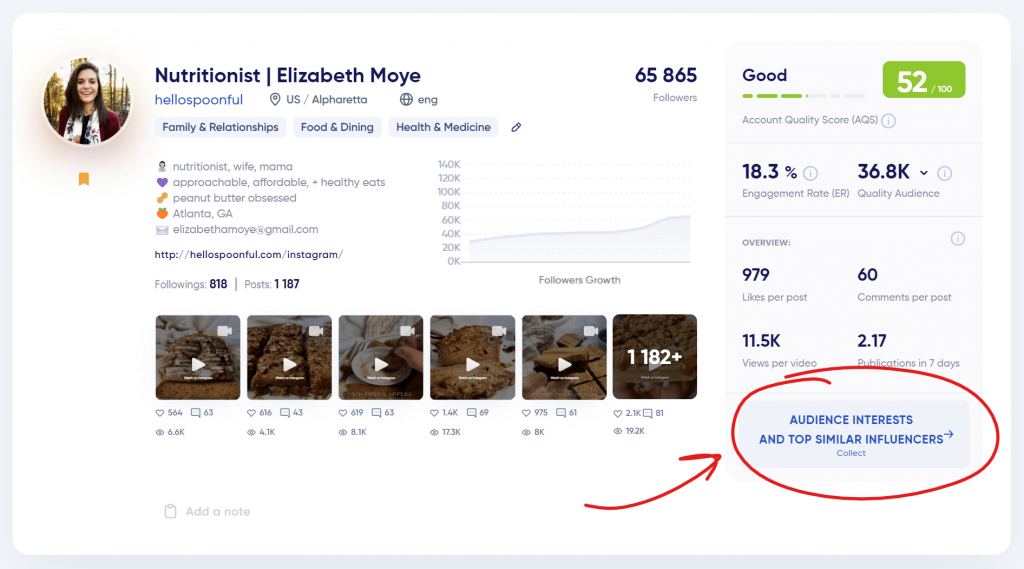
Ad Posts
This is a great option to find influencers who already talk about your brand. Use it to search for creators who mentioned you in their posts and/or Stories.
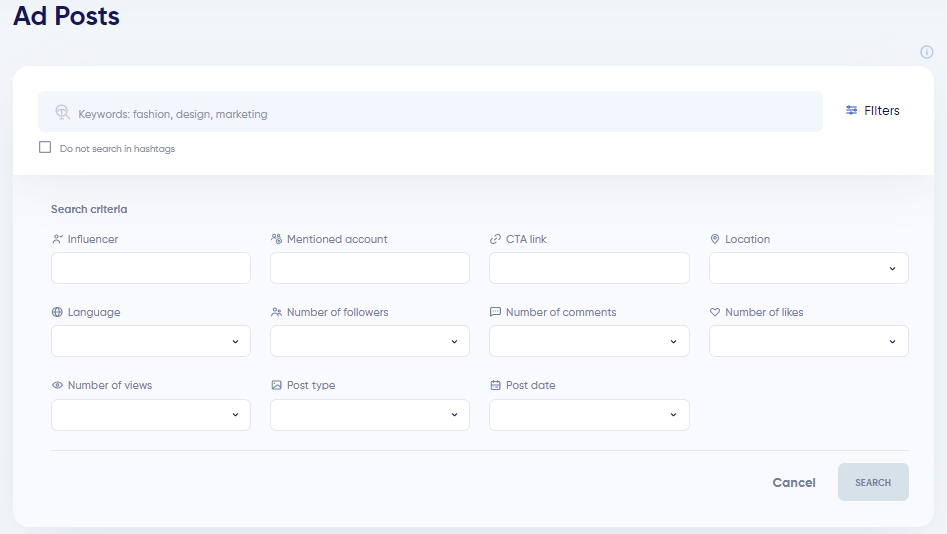
Pros:
- As the social platform keeps growing, the number of influencers to choose from increases too;
- Makes it easy to compare multiple different creators;
- Allows finding a large number of creators quickly and easily.
Cons:
- Can be pricey;
- No option of establishing communication with creators once you find them.
2. Google
Yes, searching for a suitable creator can sometimes be as easy as to just google them. Type in your preferred niche and location in the search engine and hit the button. You’d want to pay special attention to the list posts (e.g. “20 top Instagram food bloggers you need to follow”).
Pros:
- quick, easy, and free;
- offers a fairly large number of options to choose from.
Cons:
- doesn’t offer very accurate results;
- no way to know how authentic these creators are until you use a third-party analytics service.
3. Instagram
The most obvious option is to use the platform itself. Thankfully, it offers a few options to search for influencers:
Hashtag search
Use the Instagram search engine to look for influencers in preferred niches and locations. Alternatively, choose influencers you already know and go through their posts. Take note of the most frequently used hashtags, click on them and view the posts under those hashtags. Chances are there are influencers with your target audience. Just make sure their content quality is decent and their audience engagement is authentic.
Location search
In case you own a local brand and you want to find influencers in your area, this is a great option for you. Go to your profile, choose a publication and click on the geotag right under your username. Scroll through the selection of posts and pick the ones you find optimal in terms of quality and engagement.
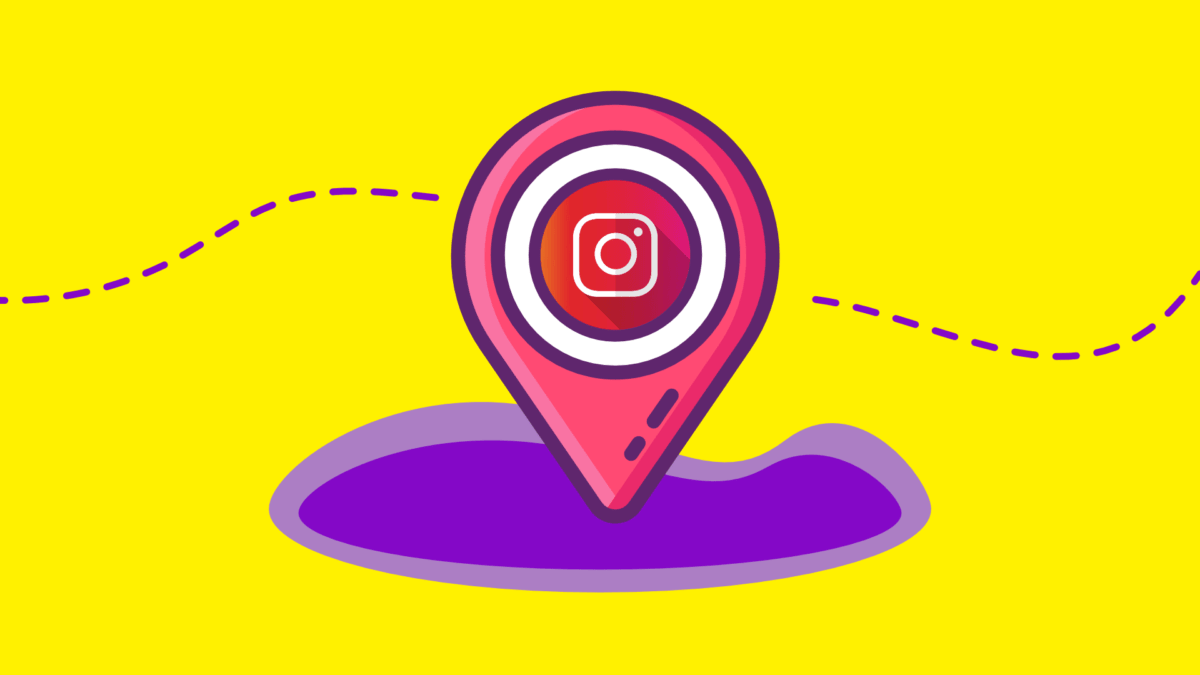
Look among your own followers
It’s very likely that there are people passionate about your brand and willing to be your brand ambassador among your own followers.
Tagged posts
Choose the Tagged tab on your profile page and see which creators tagged you in their posts.
Pros:
- easy and free;
- allows looking for influencers without leaving the platform.
Cons:
- takes a lot of time and effort.
4. Influencer marketplaces
One of the best options would probably be choosing an influencer marketing platform. Many of these services offer much more than simply discovering new influencers in your niche. They normally include CRM features and allow you to manage your marketing campaigns from beginning to end.
Pros:
- many influencer marketplaces offer an influencer vetting system that helps you make sure that you choose only authentic creators;
- end-to-end marketing campaign management;
- campaign performance tracking;
- allow saving a great deal of time and effort.
Cons:
- probably not your option if you are looking for macro-influencers;
- expensive;
5. Influencer marketing agencies
Agencies play the role of a middleman when it comes to brand/creator relationships. They find suitable influencers, make sure they meet your requirements and negotiate the terms of your partnership for you. They will even develop a strategy for you. As you can see, influencer marketing agencies are more about the individual, hands-on approach.
Pros:
- an agency can offer creators of any size or niche;
- highly customized experience;
- market expertise;
- in-depth analytics.
Cons:
normally more costly than databases or marketplaces.
require a great deal of involvement from marketers.
6. Take a cue from your competitors
No, this doesn’t mean that you should mimic your competitors’ actions or poach creators they are working with. Just watch your competition and note influencers that actively engage with their content. Alternatively, use the trendHERO’s Ad Posts feature to view the content that mentions your competitors. Chances are you’ll be able to find creators interested in your brand too.
Pros:
- easy and free;
- allows finding influencers that are likely to have your target audience among their followers.
Cons:
- time- and energy-consuming;
- easy to get in trouble for conflict of interest.
Which influencers should you work with?
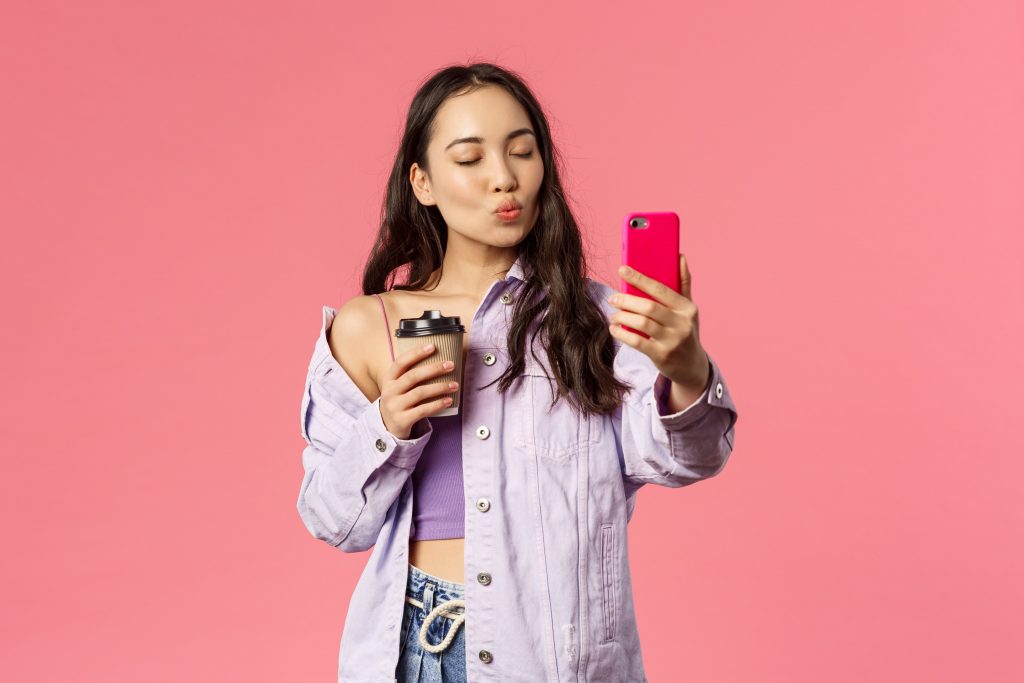
First of all, define the scale of your marketing campaign and choose your influencers accordingly. Based on the follower count, there are nano-influencers, micro-influencers, macro-influencers, and mega-influencers and celebrities.
Nano- and micro-influencers are often called niche influencers. They usually have 1k to 10k and 10k to 100 000k followers respectively. If you think that this kind of audience isn’t worth your attention, think again. These two types of creators usually have the most engaged and loyal audiences. If your product in some way, shape, or form corresponds with these audiences’ interests, partnering up with this kind of influencers might be massively beneficial.
Macro-influencers have over 100 000k followers and mega-influencers enjoy multimillion followings. These are fully-fledged media personalities who care about their reputation and cooperate with larger brands.
Other than that, there are a few criteria that allow choosing the right influencers to work with:
1. Their audience is your target audience
Chasing creators with impressive follower count is one of the biggest mistakes of influencer marketing. Sure, it’s nice to think that Kim Kardashian could promote your brand. But are you sure her audience is interested in your product?
Follower count is just a number. What really counts is whether their audience and your target audience match.
So before you even talk to any influencers, identify your target audience and its profile.
2. Their scale matches your brand and marketing campaign scale
Just as was mentioned earlier, choose influencers not based on their follower count but on how useful they will be in the framework of your marketing campaign. If you are a small startup business, choose smaller influencers with highly engaged audiences. Don’t chase the stars mindlessly. It might end in spending more than it’s worth and falling short of desired results.
3. They are authentic
Ask them for detailed statistics on their profile metrics and compare them to your own analytics. Thankfully, there are many analytics services that offer in-depth reports on important metrics like ER, audience demographics and quality, and reach. All this allows making sure that there is no inauthentic activity on their profiles.
How to choose the right person
1. Define your target audience and the niche you are looking for
Before even thinking of influencer partnerships, you must make sure you know your target audience and their interests well. Only then will you be able to choose influencers who speak to these interests and can engage your potential customers on many levels.
2. Check their profiles for any inauthentic activity
I mentioned this earlier but it can’t be stressed enough. Their impressive number of followers will mean nothing if those followers are fake. Bots and paid followers/likers/commenters don’t care about your brand and/or products. They won’t buy anything from you. So the first thing you need to check is ER (engagement rate). Normally, nano- and micro-influencers have a significantly higher engagement rate than creators with multimillion followings. Unless their audience is fake.
Here’s what you might want to do:
- Compare the number of likes under their posts and their follower count. For example, if they have over a million followers but less than 1000 likes per post, it’s a red flag;
- Compare the number of likes with the number of comments. 1-2 comments per each 100 of likes is normal. Any values higher or lower than that are suspicious. If you see that they have over 1000 likes per post but not more than 10 comments, it might mean that they don’t know how to engage their followers;
- Compare the number of video views with the number of likes. The number of likes should be 5 to 10 times less than views;
- Choose the distribution of likes across posts. It’s normal when different posts get a different number of likes. It indicates the level of the audience’s interest in the subject matter. If every post has about the same number of likes, it might mean inauthentic activity (paid likes).
3. Analyze their audience
There are two factors that indicate how suitable their audience is for you: accessibility and interests.
Let’s say that your business is California-based and you find an influencer from CA to promote your products. But it turns out that only 20% of their audience actually live in California and the rest is from India and other countries. The effectiveness of this partnership would be highly doubtful.
Audience interests are not always that easy to define. You can suggest that people following a beauty blogger are very interested in makeup and skincare. But it’s not always true.
The right influencer isn’t the one who posts on a topic similar to your brand’s niche. It’s the one whose audience is interested in topics similar to your brand’s niche.
4. Analyze the sponsored content they posted previously
Your campaign’s success often depends on an influencer’s approach to the sponsored content creation. Their followers are more likely to be interested in your product if this content is organic and matches the usual style and voice of their publications.
- see which brands they collaborated with previously. If there are well-known brands, it might mean this creator deserves the trust;
- analyze the sponsored content. Assess their quality and level of creativity. Check their Stories too.
How to get influencers to work with you

1. Create a clear brief
The first and the most important thing to do before you start a marketing campaign is to offer clear instructions for influencers you partner with. Make sure you both know where each one of you stands.
You must have a clear understanding of who you are looking for from the very start. Changing rules after the campaign has started is unacceptable. Make sure they understand what your campaign is about, both in general and in detail.
2. Offer a fair compensation
Some creators are fine with getting free products for their involvement. Others only accept money. Both are quite reasonable. If they invest a lot of time and effort into creating the sponsored content, it’s only fair to make sure they are reasonably compensated for that.
Make sure that you discuss the payment before your partnership starts. There’s always an option to meet each other halfway.
3. Make sure your partnership is transparent
No matter what kind of sponsored content you produce during your partnership, it must be clear that it’s sponsored and approved by your brand. FTC guidelines exist for a reason and it’s your responsibility to make sure they are followed.
4. Communicate
Communication is a key to success because it allows making sure that you are on the same page at every stage of the process. So make sure you are always there to answer their questions and comment on their concerns. At the same time, be open to their suggestions. Whatever doubts or comments you have, make sure they know about them.
5. Offer them creative freedom
As creators, they know better which format and style would be best to use. Don’t put them in stringent frames. The content they produce must look and feel authentic. Only then will their audience get genuinely interested in what you have to offer.
Tips & Tricks
As you can see, there are lots of nuances when it comes to influencer marketing. A mistake made at any stage of your partnership with a content creator might mean you wasted your time and money. To avoid this, all you have to do is to follow these simple tips:
- Perform in-depth analytics of their profile and sponsored content performance.
- Don’t focus on numbers only. Don’t get me wrong: numbers like follower count or impressions and reach are still important. But quality factors such as ER and general tone of comments are significant too.
- Find a middle ground. On the one hand, your objectives must be achieved and your suggestions are taken into consideration. On the other hand, they must have some creative freedom. This is how you make sure that this sponsored content is useful to their audience.
- Set your KPIs and do your research before, during, and at the end of your campaign. Collect the data and analyze the results thoroughly.
- Sign a contract.
- Offer detailed briefs and give them the opportunity to discuss them. This will help to make sure they understand what exactly you want from them.
- Use a combination of various tools and services to track and analyze your campaigns.
- Communicate with influencers and engage with their content. Even those you are not partnering with at the moment. This helps create brand ambassadors organically.
FAQs
1. What is a niche influencer?
Niche influencers also often referred to as micro-influencers are content creators with less than 100k followers. Despite the relatively small follower count, partnering with them is extremely beneficial for many brands, especially smaller ones. Niche influencers have a highly engaged audience genuinely interested in their content and what they have to say. Provided your marketing campaign is done right, this high level of engagement often translates into brand trust and increased sales.
2. What kind of follower count should you have to be an influencer?
As a general rule, you have to have at least 5k followers to be an influencer. However, this number can be lower or higher. The thing is it’s not your follower count that makes you an influencer. It’s your ability to communicate with your audience, engage with them on a regular basis, and earn their trust.
3. Who is an Instagram influencer?
An Instagram influencer is a content creator who built their audience organically and earned a certain reputation and recognition in their niche.
Conclusion
To make your influencer marketing endeavors successful and your marketing campaigns efficient, make sure your promotion strategy is well-thought-through. It’s important to understand that influencer marketing doesn’t always offer immediate results. Especially if you are new to this or trying to launch a new product. It requires a slow and steady approach.
Working with influencers isn’t as easy as it might seem but it definitely pays off. When you plan to partner up with a content creator, learn as much as you can about them. Engage with their content to attract their attention. Track your progress and learn from your mistakes. And most importantly, be sincere and always open to a dialogue.
We also recommend to read
 How to Find Micro-Influencers in 10 Steps
How to Find Micro-Influencers in 10 Steps  How to Run an Instagram Audit in 2023 (Free Audit Tools Inside!)
How to Run an Instagram Audit in 2023 (Free Audit Tools Inside!)  How to Check if Someone Bought Instagram Followers
How to Check if Someone Bought Instagram Followers  How to Find Similar Influencers in 2023
How to Find Similar Influencers in 2023  What is a Microinfluencer on Instagram – A Comprehensive Guide
What is a Microinfluencer on Instagram – A Comprehensive Guide  How to Become an Instagram Influencer in 2021 and Get Paid For it
How to Become an Instagram Influencer in 2021 and Get Paid For itInstagram Engagement Rate Calculator For Free
Check any influencer's Engagement rate and analyze his or her followers growth history
Other free tools: Follower Count History, Instagram Follower Count, CPM Calculator
